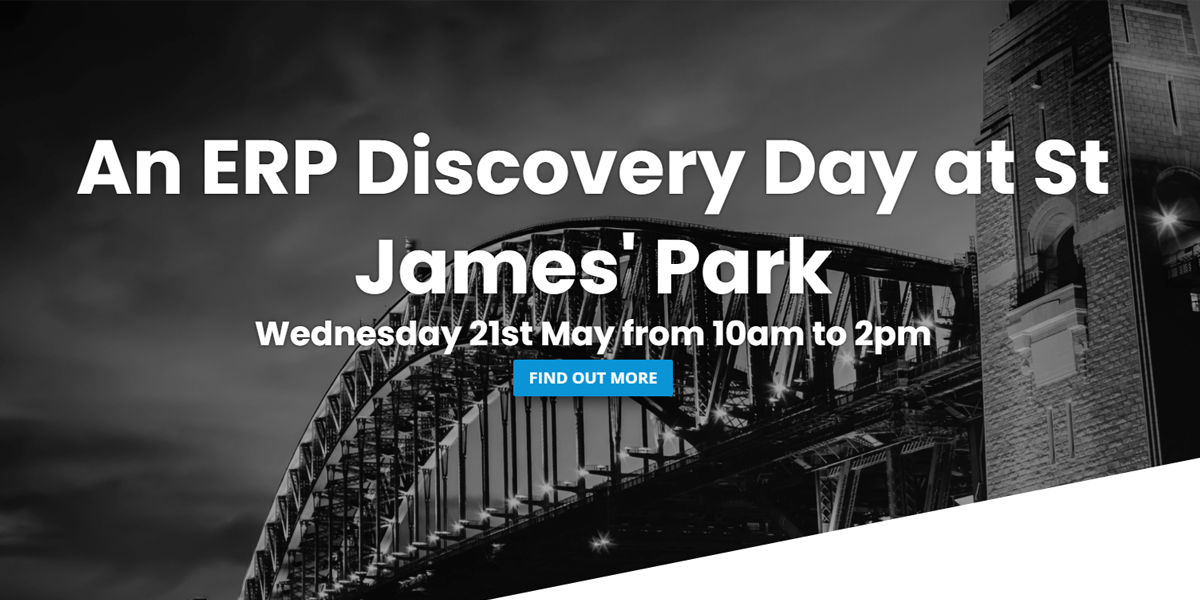


Succeed with Microsoft Azure
How the cloud can power your digital transformation
eBook
Long gone are the days when moving your IT operations into the cloud was a nice-to-have. For most organisations today, it’s essential. If you’re not in the cloud, your competitors – who are already there – could easily outpace you: innovating faster, accessing new capabilities and driving growth more efficiently than you possibly can without it.
Want to know how you can make the most of the cloud with Microsoft Azure? Download our free eBook, which will guide you through:
- Understanding if the cloud is right for you
- Keeping your cloud costs under control
- How Microsoft Azure helps keep your data and apps secure
- How to begin planning your move to Azure
What’s in the guide?
Why is the cloud the place to be?
It’s cost-effective
Once you’ve completed your migration, the cloud is like a household utility: you only pay for what you consume.
It’s more sustainable
Moving to the cloud can make a seriously positive impact on your decarbonisation strategy.
It’s supremely flexible
You can scale resources up or down based on demand, enabling you to quickly adapt to changing workloads and requirements.
It’s secure as standard
Microsoft invests heavily in a robust set of security tools and services designed to protect data and applications.

Making sense of cloud costs
It’s often said that moving to the cloud will save you money – but that’s not always true. With almost unlimited resources at your fingertips, your costs could quickly spiral out of control.
However, Azure offers a number of ways to control your spending. This means you’ll only pay for what you use, unlike the fixed costs of on-premises servers where you incur the costs, whether you use all their resources or not.
How can Microsoft Azure help you control costs?
- Track and analyse your spending with Microsoft’s Azure Cost Management and Billing software
- Use elastic pools, which let you share resources across multiple databases so you don’t have to pay for access you rarely use
- Reserve virtual machines in advance, which can save you up to 80% of the pay-as-you-go price with Azure Hybrid Usage Benefit
- Keep your cloud usage under review to ensure you’re using workloads and services appropriately
Keeping your data secure in Microsoft Azure
Many organisations are concerned about moving to the cloud because they think they’ll lose control of their data security.
In fact, by moving to the cloud, you’ll protect your data with the support of some of the best cyber security engineers in the world.

Microsoft has committed to investing $20 billion in cyber security over five years.
Find out how to make the most of your Microsoft Azure cloud environment
At Advania, we’ve helped hundreds of organisations like yours more to Microsoft Azure and reap the benefits on offer. We can support you on your journey, ensuring you consider everything you need to know about to start or progress your cloud journey.
Download this free eBook now and discover how you can leverage Microsoft Azure to provide new, transformative business opportunities without simply replicating your existing on-premises infrastructure.












